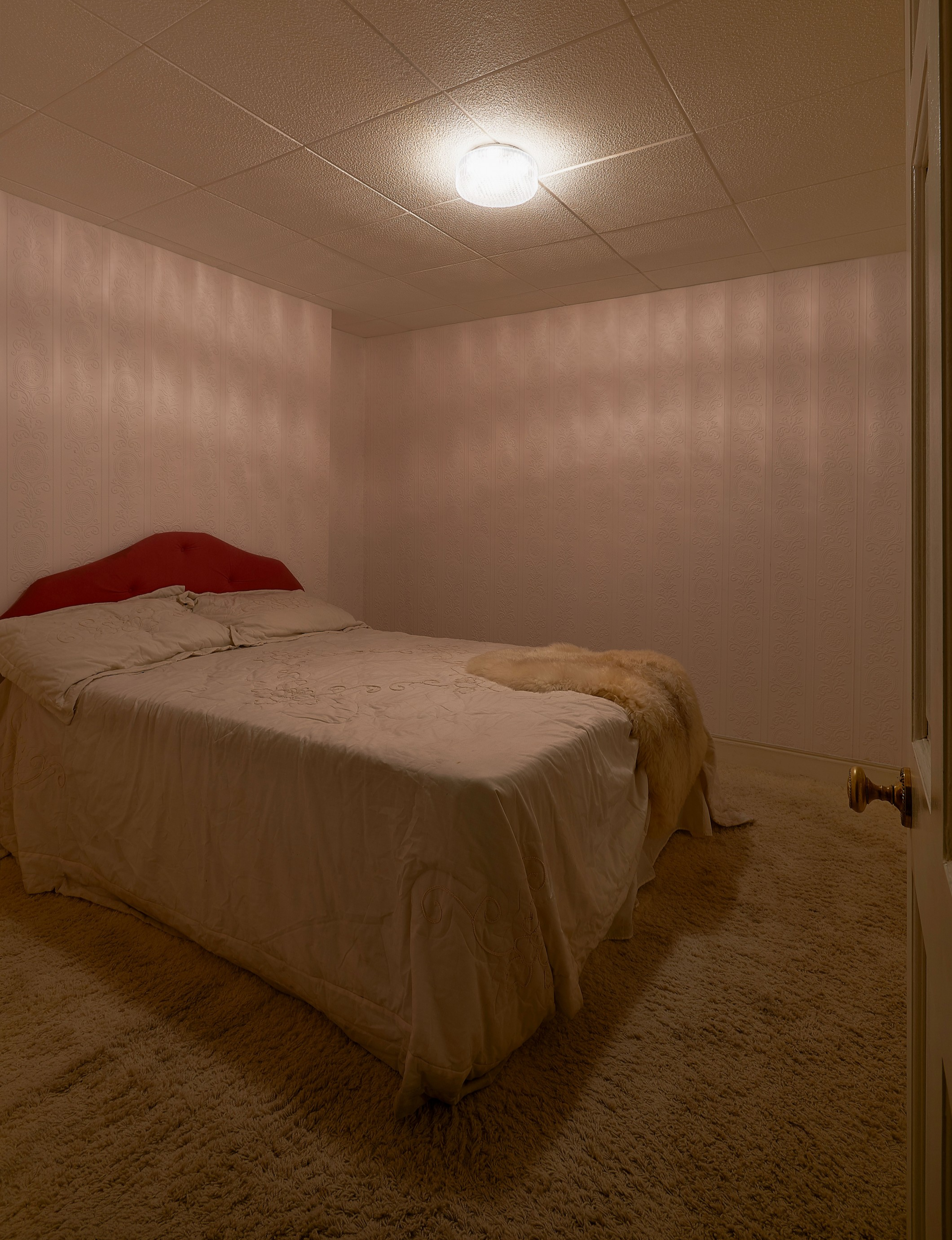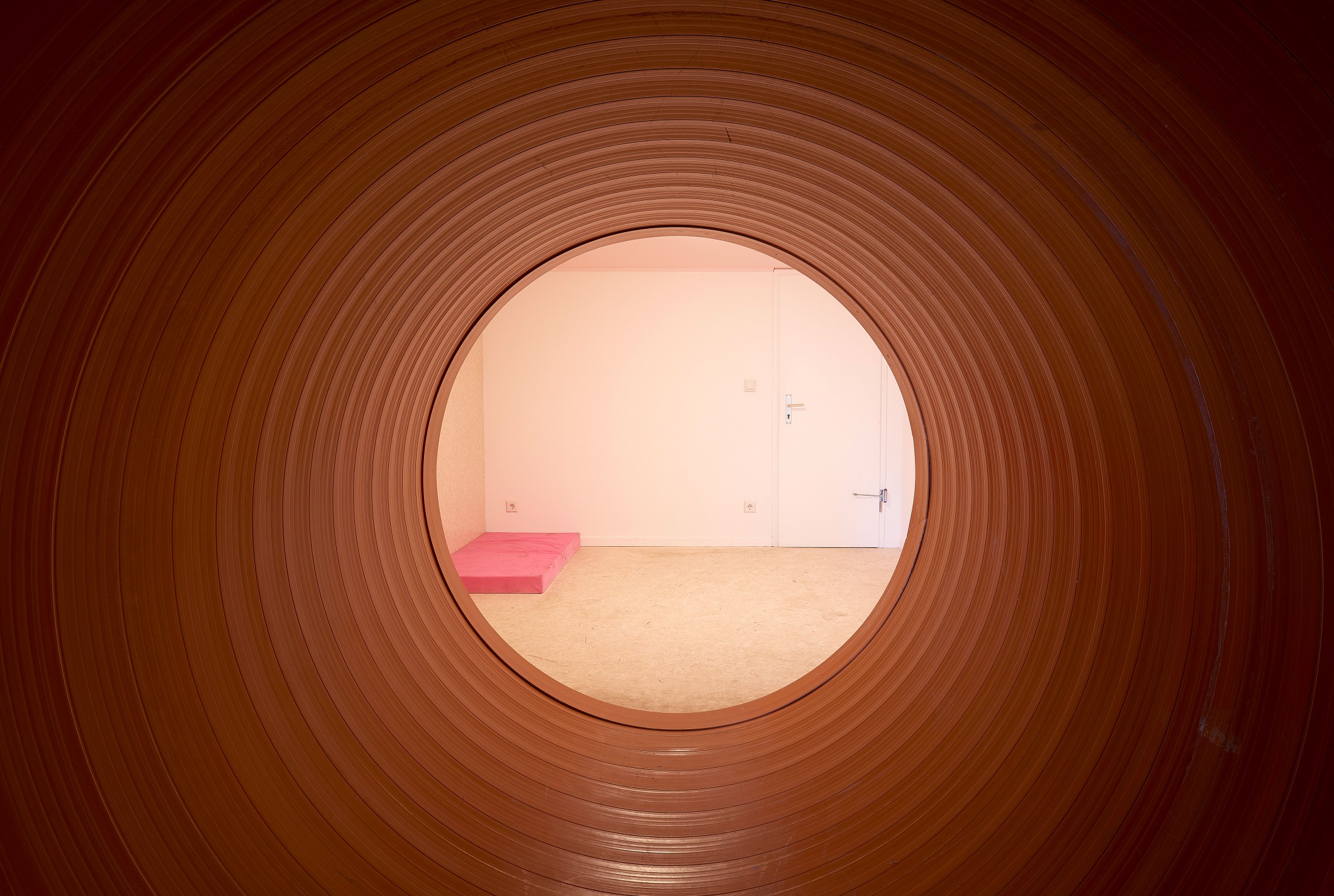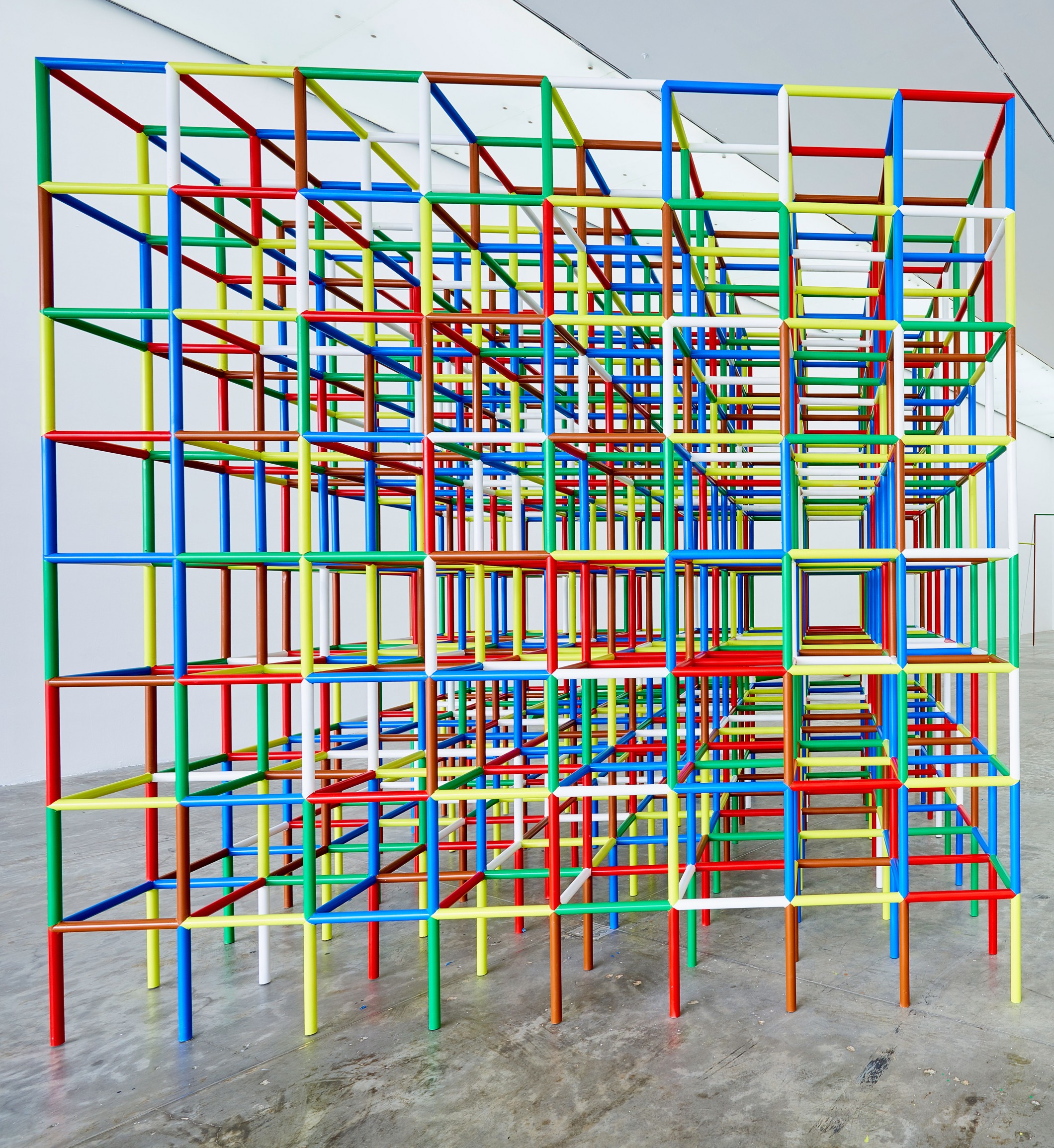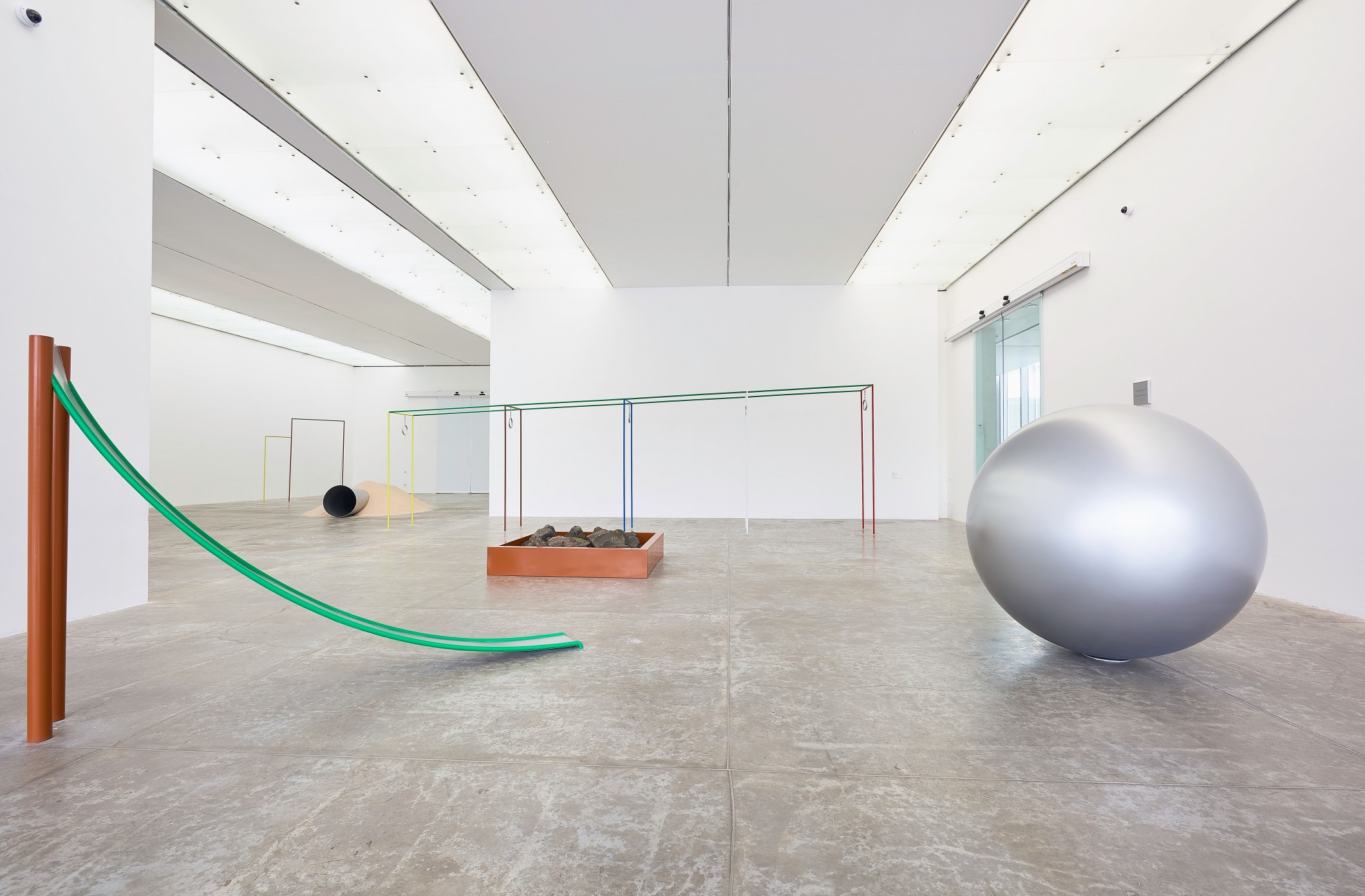Gregor Schneider
Kindergarten
At the age of 16, Schneider went to live alone in a family house on Unterheydener Street in his native Rheydt, a city close to Cologne. The house, located at number 12, became a laboratory where Schneider could experiment with his artistic production, using the space and its construction.

From that time, and for more than twenty years, Schneider dedicated himself to rebuilding, remaking and transforming the rooms of the house––divisions, walls, holes and new windows, rooms within rooms––to the point where it became impossible to recognize the original structure of the building. A repetition of elements, construction of new ones, reconstructed duplicate rooms, holes and tunnels––Schneider used these to create the piece, Haus u r [House u r] (1985-to present), that became an ongoing experiment in construction and transformation, where the intervened space took on new presences and meanings. In 2001, Schneider was invited to represent Germany at the Venice Biennial. So he decided to transform Haus u r into Totes Haus u r [Dead House u r] (2001), and literally dismantled the rooms of his house in Rheydt to move them to Venice, a project for which he was awarded the Golden Lion.
Since then, and playing with reality and fiction, he has recreated and modified the initial rooms, along with more recent ones, and transported them to various galleries and museums, like the ones presented in the Kindergarten show at MUAC. Rooms at once inhabited and uninhabited, Schneider's constructions are stripped of their attire and their context, becoming non-places, transitory and indeterminate spaces.

In this transformation of experienced space, the rooms cease to be functional spaces, with an intelligible logic. By contrast, Schneider fosters in them a certain impulse towards the formless, turning the structures of living space into something spectral and melancholy. Uninhabited, the rawness of the space gives rise to a manifest discomfort. The placidity and coziness of the house becomes disconcerting; its rooms become disquieting habitats, losing their qualities of intimacy, familiarity and refuge. They are no longer places of protection and shelter but are shown rather to be perturbing, places whose codes are unclear. In this new spatial formulation, we can no longer remain within our comfort zone of belonging: the room, the house, domesticity.

The show also exhibits his new piece, Playground (2017), where Schneider once again explores the meaning of space, in this case public space, again based on his concrete experiences of habitation, tied to his biography and city of birth. Produced especially for this exhibition, the work addresses the relationship to playgrounds, so common in Germany, that proliferated mainly during the period of postwar urban reconstruction, and which he himself frequented as a child.
Children’s play areas expose the modern ambiguity of their conception. On the one hand, they are spaces for spontaneity and release through playing; on the other, they operate within the normativity and control that characterize modern society. What would be the space of Homo ludens evokes, at the same time, a space of control in a city divided by the machinery of production.

Schneider takes this difference and proposes a non-functional area of play, where rules are neither known nor clear, subverting again the utilitarian and functional aspects of spaces and elements, as he did initially in the case of the rooms. This is not about a new formalization of play but rather the creation of a space of disquiet and confusion where, once again, we do not know whether Schneider is basing his work on real biographical elements or if the whole thing is a work of fiction. Playground represents an invitation to inhabit that (false) public space in other ways, and to question, from a place of bewilderment, the dimension and the re-signification of spaces. Out of his own vital experience, Schneider proposes a space of memory to reactivate and inhabit the area of play.
Publicación
Publication
Gregor Schneider
Authors : Ory Dessau, Reinhard Maiworm, Virginia Roy
Language : Spanish - English
Editor: MUAC, UNAM
Price: $250









